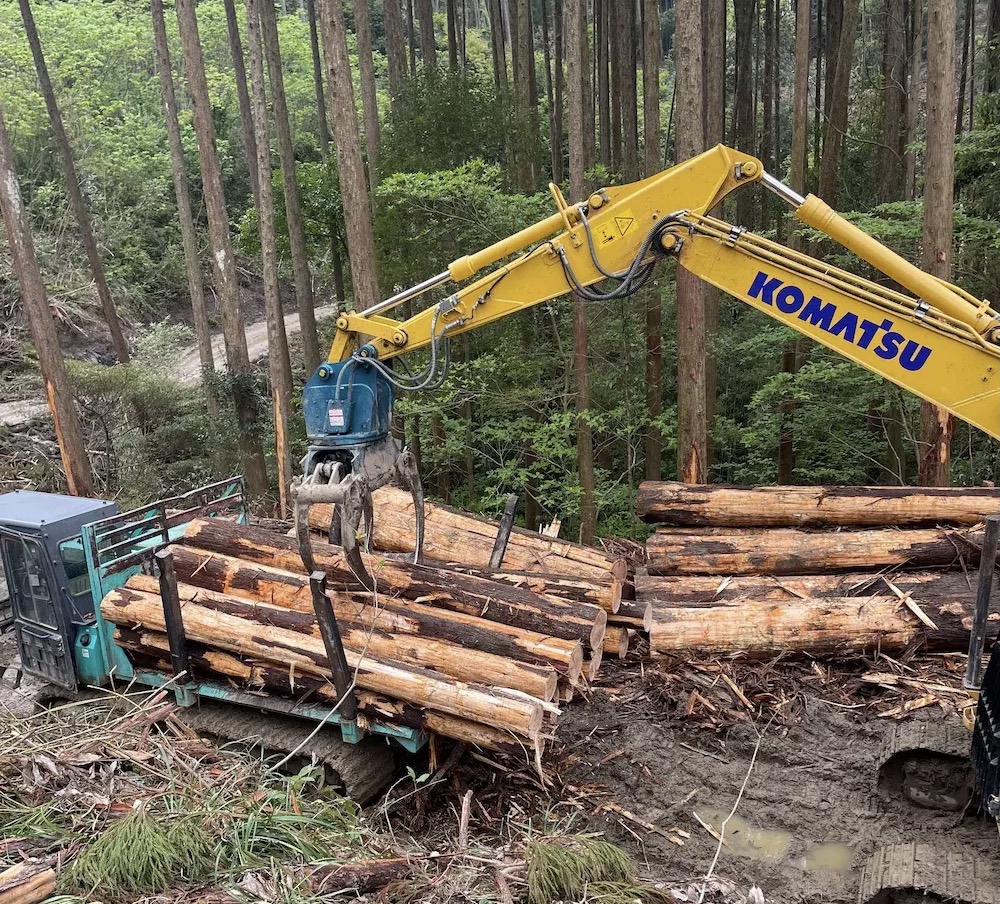
Obi cedar, which has been planted in Obi area for about 400 years, has long been used as a material for wooden ships (benko), taking advantage of its characteristics.
Today, Obi cedar is mainly used for building materials such as pillars and planks. Obi cedar is also effective in preventing global warming, as it stores carbon dioxide and requires little energy for processing.
Obi cedar is also effective in preventing atopic dermatitis. Obi cedar is a natural, warm and gentle housing material that is recommended for those who are considering building a truly healthy home.
Characteristics of Obi cedar:
・
- Obi cedar contains a large amount of resin, is resilient, resistant to moisture and resistant to decay.
- The core wood (red part) is resistant to termites and durable.
- Resists bending and is easy to work with.
- It is resistant to splitting, breaking, shocks and shaking.
History of Obi cedar
Obi cedar has a history of about 400 years. The Obi domain's Ito clan began planting Obi cedar trees in the early Edo period (around 1623) to help alleviate the financial difficulties of the domain.
In the late Edo period (1853), trade with Ohata in Yamaguchi Prefecture began, and shipments to the Seto Inland Sea and Korea began, and Obi continued to develop as a famous shipbuilding material.
In the Showa period (1926-1989), the Obi cedar was further developed into a lumber industry, taking advantage of its unique characteristics (strong stickiness, high oil content, and resistance to rotting, as well as being highly resistant to ants).
Currently, Obi cedar is used not only for general lumber products, but also for dried lumber, scaffolding boards, interior and exterior lumber, non-taruki roofing sheathing, laminated lumber, preservative-resistant foundations, piles, and other products shipped domestically and internationally.


